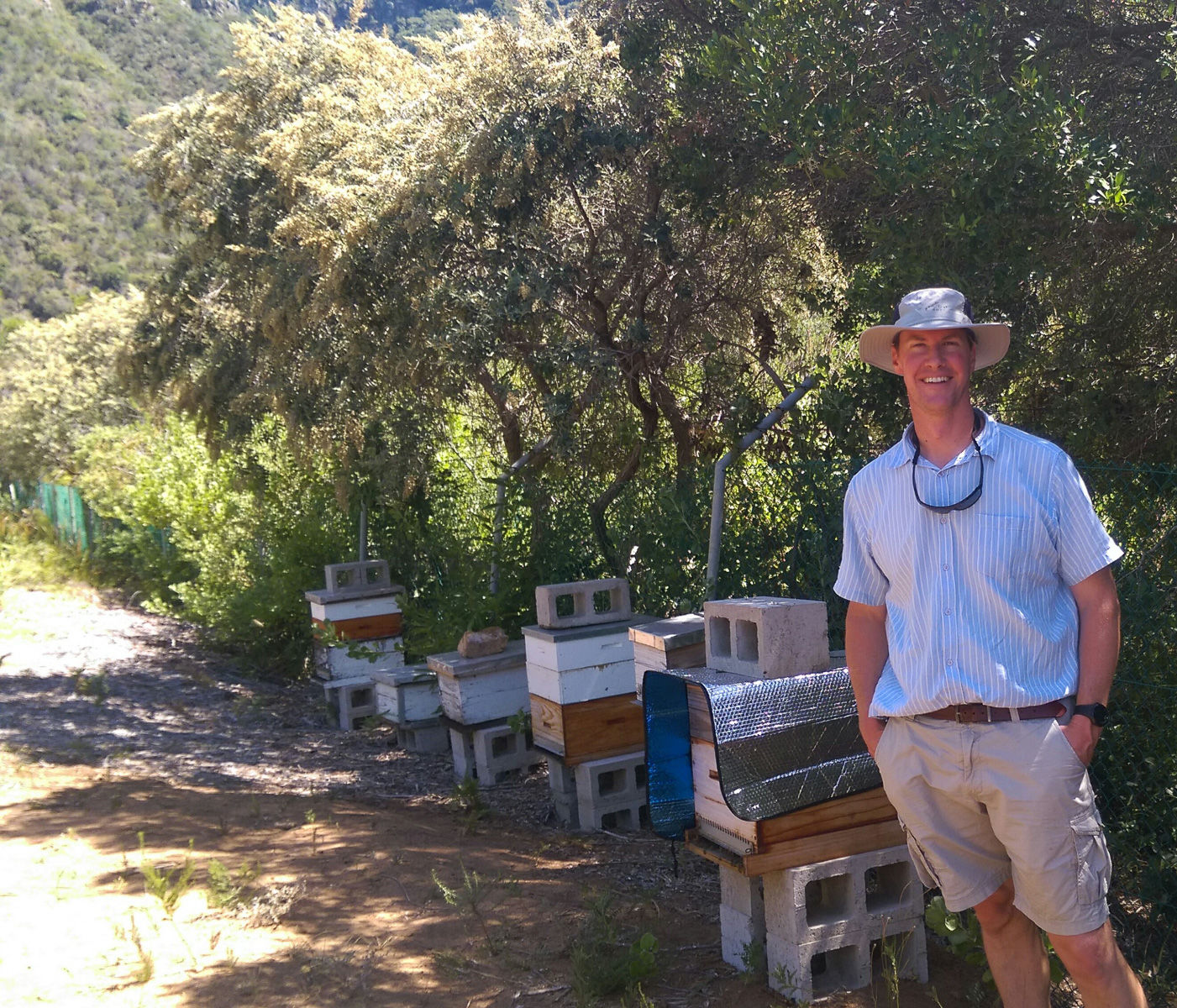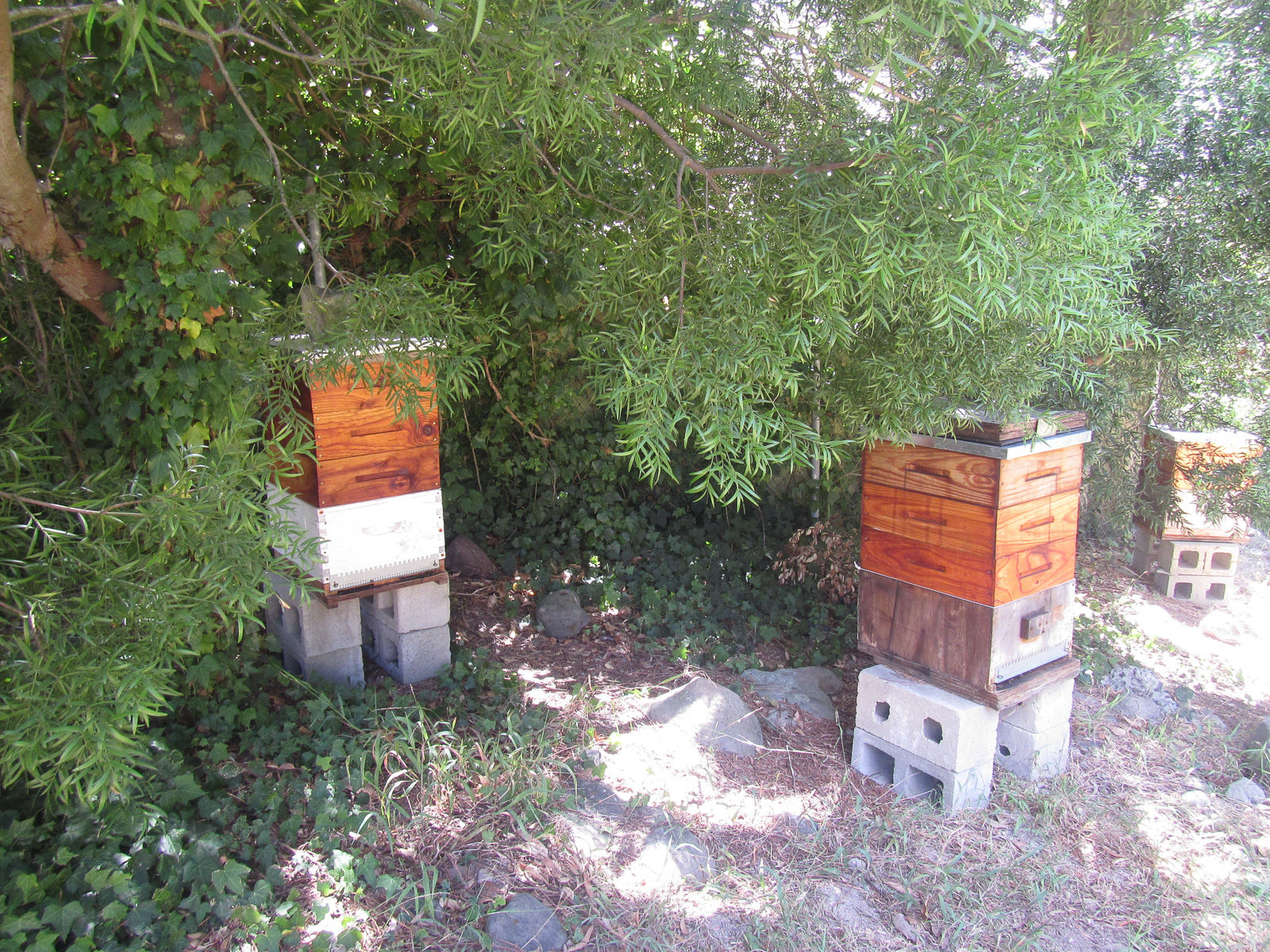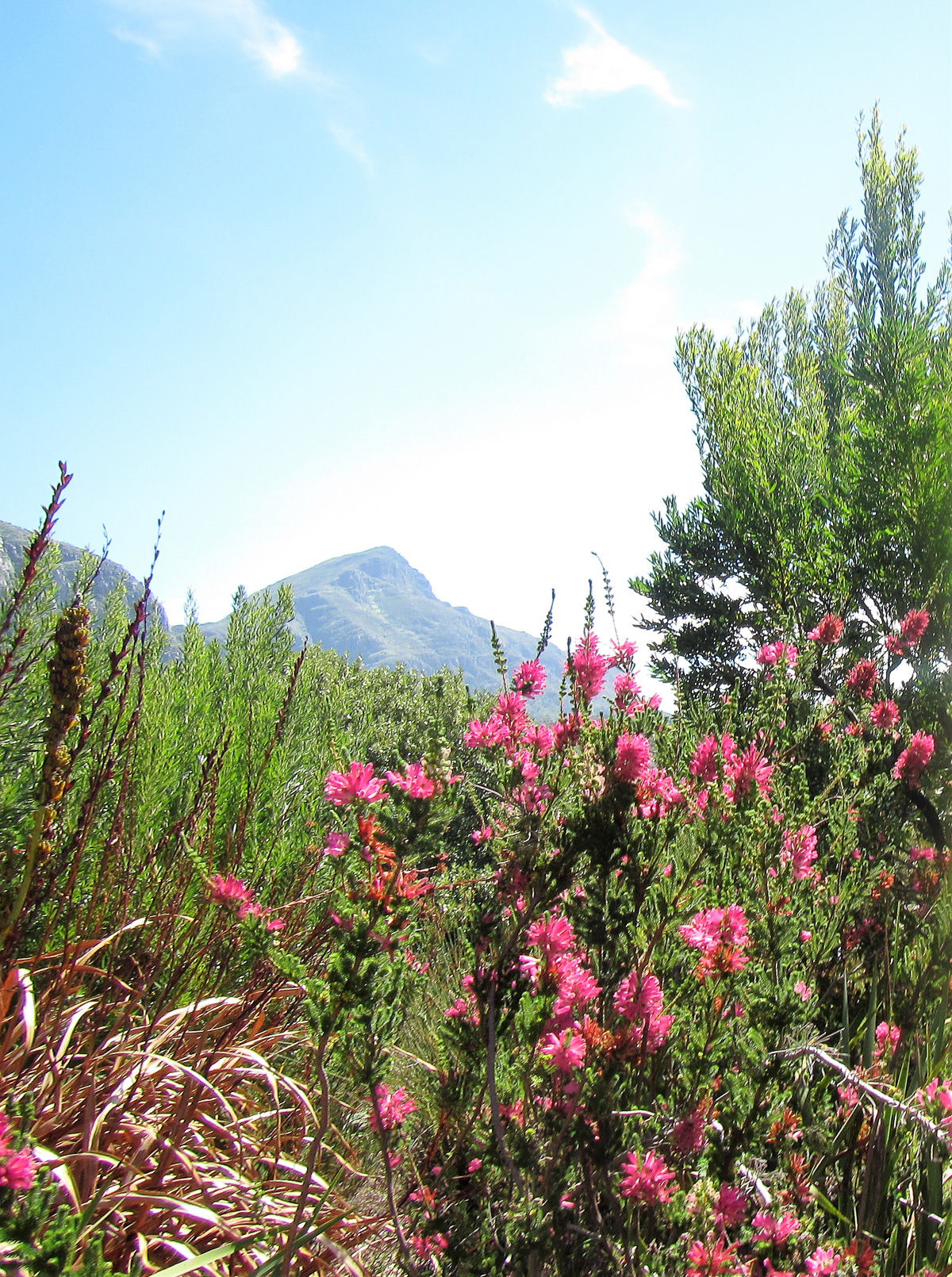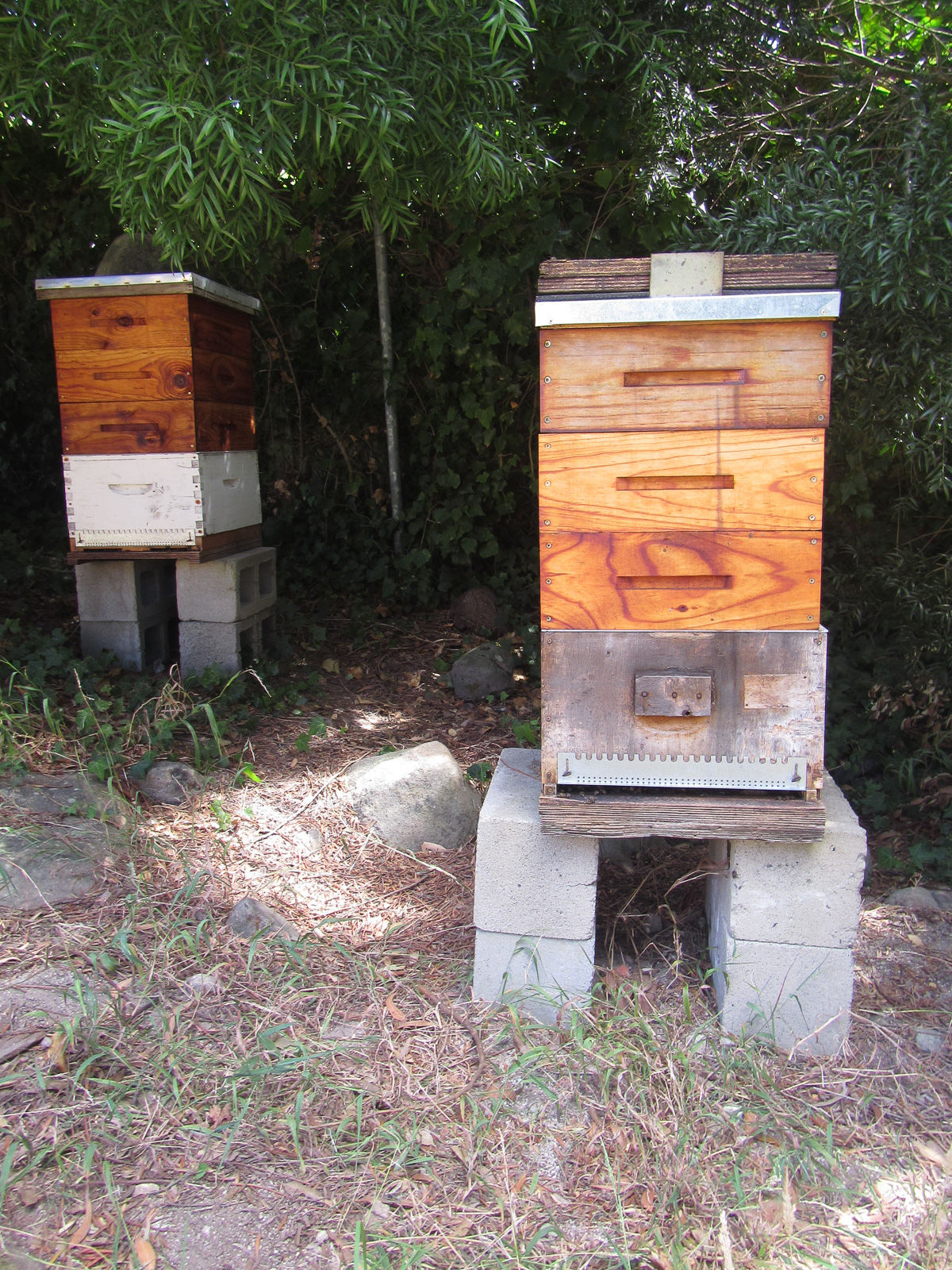يتطلب إنتاج برطمان من العسل الخام الكثير من العمل قبل أن يصل إلى المائدة. التقينا بآدم هاروير، كبير علماء البستنة في حدائق كريستينبوش النباتية الوطنية، كيب تاون، جنوب أفريقيا، للحصول على نظرة ثاقبة حول تغير الفصول وعملية صنع العسل.
تعرف على مربي النحل
تدرب آدم كعالم نبات وعمل في حدائق كيو في المملكة المتحدة قبل أن يعود إلى وطنه حيث عمل لمدة 17 عامًا في كيرستنبوش. دخل آدم في مجال تربية النحل عندما طُلب منه تقديم بعض العلوم والمساعدة في تحرير الكتاب نباتات النحل في جنوب أفريقيا بقلم MF Johannsmeier. وقد أثار هذا اهتمامه، إلى جانب صديق له دخل في مجال تربية النحل وآخر يدرس فسيولوجيا النحل وكيفية منع تناقص أعداد مستعمرات النحل. وقد بدأ منذ عامين ولم ينظر إلى الوراء.

ما هي البيئة في كيرستنبوش؟
يخبرنا آدم أنها مليئة بالمجموعات الأصلية النضرة من أشجار الجبال "الأفرو" مثل أشجار الصمغ أو الكينا في الوديان العميقة وعلى التلال العالية، فينبوس، والتي تنتمي إلى عائلة الحمضيات (السذابية). تقع على المنحدرات الشرقية لجبل تيبل وتقع خلايا النحل فوق حدائق كيرستنبوش. يوجد 2500 نوع من النباتات في شبه جزيرة كيب بما في ذلك نبات إيريكا (الخلنج) بروتياس (شجيرة السكر) بوخوس (تُنطق بو-غو-وو) والزهور. تحب النحلات حصاد حبوب اللقاح والرحيق من هذه النباتات وكذلك العسل والراتنج لاستخدامهما كدنج. لا يمكن العثور على ثلثي نباتات الفينبوس إلا في كيب الغربية ولا توجد في أي مكان آخر في العالم. لديها سد كبير لذلك عادة ما يكون هناك الكثير من المياه لخدمة وفرة النباتات.
النحلة في كيب
النحلة الكيبية أغمق لونًا مقارنة بأنواع النحل الأخرى ولا توجد إلا في كيب الغربية وبعض أجزاء كيب الشرقية، حيث ينمو فنبوس بشكل أساسي. تتبع دورة الحياة على مدار العام هذا النمط: بيضة - يرقة - شرنقة - نحلة بالغة. تتكون مستعمرات النحل من ملكة واحدة متزاوجة و10000 - 50000 من عاملاتها. يبلغ متوسط عمر الملكة من ثلاث إلى أربع سنوات؛ وعادة ما تموت الذكور عند التزاوج أو تُطرد من الخلية قبل الشتاء. قد تعيش العاملات لبضعة أسابيع في الصيف وعدة أشهر في المناطق ذات الشتاء الممتد. ينشئ آدم خلايا حول التضاريس لجمع الأسراب الطبيعية ونقلها بعيدًا عن الجمهور وبعيدًا عن أذى المخربين أو سرقة الخلايا التي يمكن أن تكون مصدر قلق.
حول خلايا النحل
لدى آدم أكثر من 20 خلية نحل مبنية على تصميم Langstroth الذي يتألف من صندوقين للحضنة من أسفل الخلية إلى أعلى، وحاجز للملكة ثم صندوق آخر يسمى الغرفة العلوية. يوجد صندوقان علويان فوق بعضهما البعض وكل منهما يحمل 10 إطارات بداخله حيث تبني النحلات الشمع على الإطارات وتخزن عسلها. الهيكل الداخلي لخلية النحل عبارة عن مجموعة كثيفة من الخلايا المنشورية السداسية المصنوعة من شمع العسل، أو قرص العسل. يستخدم النحل الخلايا لتخزين الطعام (العسل وحبوب اللقاح) ولإيواء الحضنة (البيض واليرقات والعذارى). الجزء العلوي والخارجي من الخلية مخصص لتخزين وإنتاج العسل، والمركز مخصص لإنتاج الحضنة. توفر هذه الخلايا للنحل مكانًا لتفقيس البيض وإطعام اليرقات وإيواء العذارى التي يخرج منها النحل الصغير. يحتوي إطار الحضنة الصحي على أعداد كبيرة من البيض واليرقات، بالإضافة إلى الرحيق وحبوب اللقاح لإطعام الصغار المتنامية.

الفصول في كيرستنبوش
تتمتع كيرستنبوش بمناخ البحر الأبيض المتوسط، مع صيف طويل حار وجاف (نوفمبر-مارس) وشتاء قصير بارد ممطر (يونيو-أغسطس). نحو نهاية الشتاء، أو في الربيع أو أوائل الصيف هو أفضل وقت لزراعة الفينبوس، حيث تزهر جميع النباتات.
خريف
يأتي أواخر الصيف والخريف في أبريل ومايو في كيب بجنوب إفريقيا، ويكون الطقس باردًا ومتغيرًا. لقد عادت نحلة الفينبوس إلى الحياة بعد أن نجت من الصيف. تزهر العديد من الأنواع، بما في ذلك مجموعة متنوعة من البروتياس. يجمع آدم محصولًا صغيرًا في أبريل، من خلية واحدة لكل خلية. مع 10 إطارات لكل خلية عندما يحصد لأول مرة، يزيل إطارًا واحدًا ليترك 9 إطارات، والتي تسحب العسل بعد ذلك، مما يعطي غلة أعلى.
شتاء
هذا هو موسم الأمطار، عندما تواجه كيب تاون عواصف متكررة تتخللها أيام من السماء الزرقاء الصافية وأشعة الشمس. يترك آدم بعض العسل للنحل خلال فصل الشتاء لإبقائه نشطًا. يمكن أن تنخفض درجة الحرارة في الشتاء إلى 4 إلى 6 درجات مئوية، وهو أمر مرتفع عندما تعتقد أن النحل يحتاج إلى الخلية للحفاظ على درجة حرارة تتراوح بين 27 إلى 30 درجة مئوية أو حتى أعلى. لهذا السبب، يستخدم آدم حاجزًا بلاستيكيًا للملكة، بدلاً من المعدن، بين الحضنة والإطارات الفائقة لمنعها من وضع البيض في الجزء العلوي من الخلية والحفاظ على نقاء العسل. البلاستيك هو عازل أفضل لأن المعدن يبرد.
ربيع
بحلول شهر أغسطس، يبدأ الربيع في الأجواء وتزهر العديد من أزهار أقحوان ناماكوالاند. وتتغذى النحلات على حبوب اللقاح الغنية بالبروتين، ويعطيها آدم القليل من السكر والماء. وهذا يوفر لها الكربوهيدرات التي تحتاجها لزيادة أعدادها قبل تدفق الرحيق الكبير في سبتمبر/أكتوبر عندما يقوم بحصاد صغير آخر.
صيف
يمثل شهر نوفمبر بداية الصيف. يصبح الطقس حارًا وجافًا مع قلة الأيام الممطرة. يصعب تفويت أشجار الكستناء الرائعة ( Calodendrum capense ) في هذا الوقت من العام، مع دخول شهر ديسمبر؛ حيث تتحول مظلاتها إلى اللون الوردي، وتغطيها عناقيد كبيرة من الأزهار الرقيقة. وهناك شجرة مزهرة أخرى وهي شجرة الفاصولياء الباكية ( Schotia brachypetala )، بأزهارها المليئة بالرحيق والتي تجذب العديد من النحل والطيور. تحافظ النحلات على نفسها طوال الصيف ويتأكد آدم من إعداد صندوق حضنة جيد وصحي. عندما تكون الخلايا في الشمس الكاملة، يصنع درعًا للمساعدة في الحفاظ على برودة الخلية. ثم في يناير، يقوم بحصاد كبير؛ خلال موسم جيد، يجمع في المتوسط 11 كجم من العسل الخام الفائض من كل خلية.
يمثل شهر مارس نهاية الصيف. لا تزال الأيام دافئة ومشمسة ولكنها أصبحت أقصر بشكل ملحوظ وأصبح الطقس أكثر برودة مع توقع هطول الأمطار.
كيف ترى دورك كمربي النحل؟
إن أخلاقيات آدم هي نفس أخلاقيات جميع النحالين الذين نعمل معهم في بلقيس. فهو يصر على أن دوره هو تسهيل ما تفعله النحلات بشكل طبيعي والعناية بها بأقل قدر ممكن من التدخل. كما أنه يتطلع إلى جلب بعض الملكات الجدد للسماح للمستعمرة بالنمو والانقسام مع جلب المزيد من الخلايا. وهو يتأكد من وجود مساحة كافية في كل خلية لكي تتمكن الملكة من الوصول إلى كل إطار حضنة لوضع بيضها.
على مدار العام، يعتني آدم بخلايا النحل، ويفحصها بحثًا عن الآفات والأمراض، وينظف الإطارات والصناديق. لكن آدم يضيف أن المستعمرة الصحية تعتني بنفسها في أغلب الأحيان. ويقول: "قال لي أحد الأصدقاء ذات مرة: "النحل لا يأخذ إجازة أبدًا، فهو يعمل 365 يومًا في السنة، وأنا أفضّل العمل مع النحل أكثر من العمل مع الناس" .
عسل جبل كيرستنبوش
كل هذه العناية والاهتمام والعمل الجاد تؤدي إلى نتيجة جميلة. هذا العسل الخام شفاف كالبلور مع لون كهرماني غني؛ يتم ترشيحه بدقة بحيث يكون الملمس ناعمًا مع لزوجة متوسطة عندما يُسكب من الملعقة. تتغذى النحل من خلايا آدم داخل حدائق كيرستنبوش النباتية الوطنية في كيب تاون على مجموعة كبيرة ومتنوعة من النباتات الأصلية في جنوب إفريقيا في الحديقة والنباتات المتنوعة للغاية لنباتات فينبوس على سفح الجبل المحيط. نظرًا لأن النحل لديه بضعة آلاف من الأنواع النباتية المختلفة التي يتغذى عليها، فإن النتيجة هي نكهة غنية وفريدة ومعقدة لا يمكن الحصول عليها بسهولة في بيئات أخرى.
شكرًا لآدم هارور، كبير علماء البستنة في حدائق كيرستنبوش النباتية الوطنية، كيب تاون، جنوب أفريقيا، على هذه الرؤية الرائعة لعام تربية النحل الخاص به.
ستكون مجموعة بلقيس الجديدة من عسل كيرستنبوش الجبلي متوفرة على رفوف متاجر الإمارات العربية المتحدة وعلى موقع بلقيس قريباً.
إذا أعجبك هذا، فقد تعجبك هذه المنشورات:
- فنبوس ومملكة الأزهار في كيب تاون - لقاءنا الأول مع آدم
- طعم جنوب أفريقيا - الأفوكادو والمكاديميا! - نتحدث مع موكجادي، وهي سيدة مربي النحل في منطقة ليمبوبو.
أو تصفح العديد من المواقع الأخرى قصص النحالين هنا .











